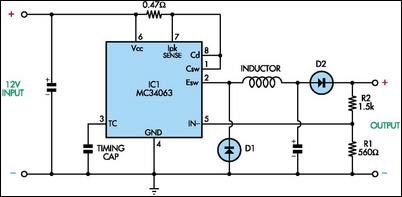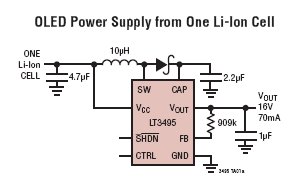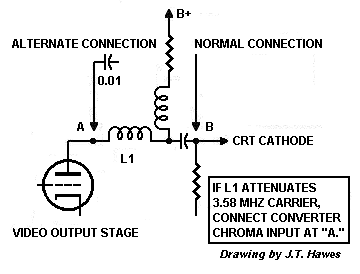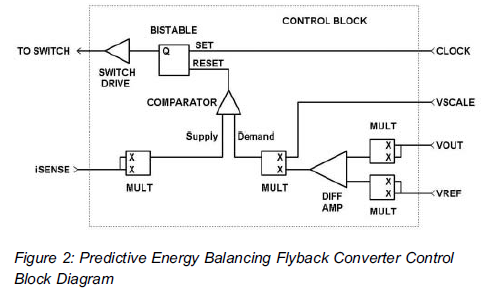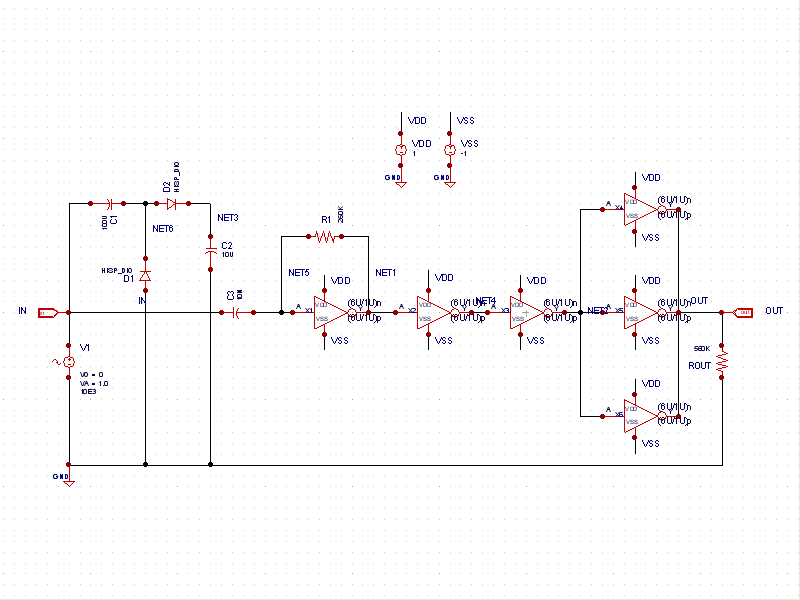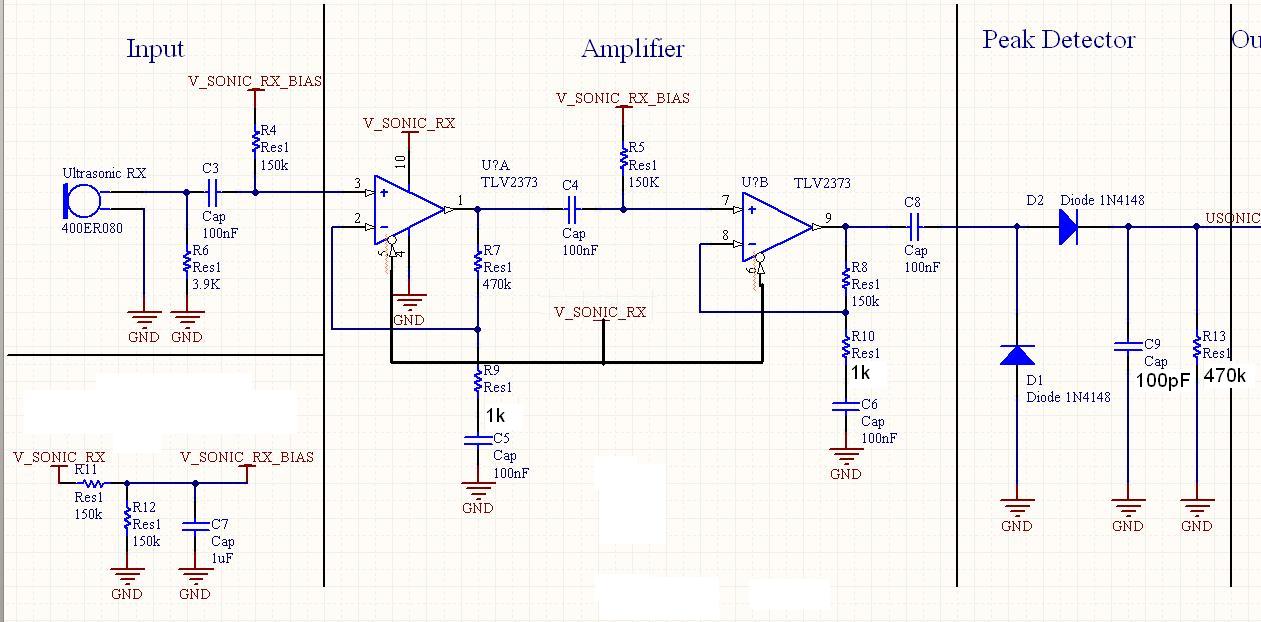
Precision frequency-to-voltage converter
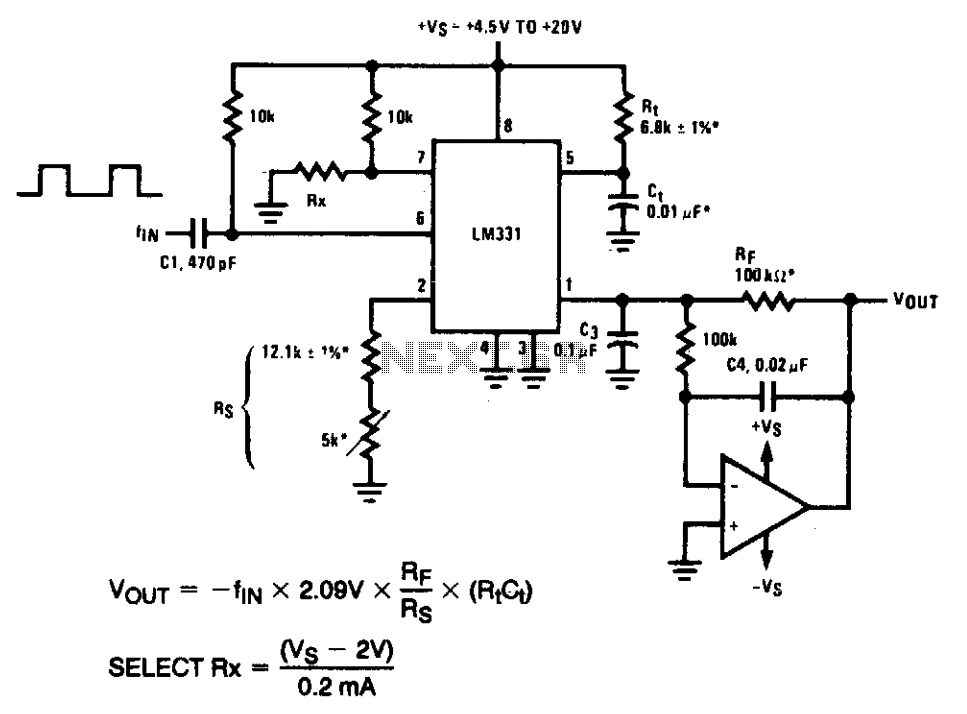
In the precision circuit, an operational amplifier provides a buffered output and also functions as a 2-pole filter. The ripple will be less than 5 mV peak for all frequencies above 1 kHz, and the response time will be significantly quicker than in Part 1. However, for input frequencies below 200 Hz, this circuit will exhibit worse ripple than indicated. The design of the filter time constants to achieve an adequate response with sufficiently low ripple necessitates an examination of the trade-offs involved.
Inherently, the voltage-to-frequency (V-to-F) converter response can be fast, while the frequency-to-voltage (F-to-V) response is limited.
The operational amplifier (op-amp) in this precision circuit serves multiple functions, including buffering the output signal to isolate the circuit stages and minimizing signal degradation. The 2-pole filter configuration is designed to attenuate unwanted high-frequency noise while maintaining an acceptable signal integrity within the desired frequency range. The filter's cutoff frequency is set to allow signals above 1 kHz to pass with minimal ripple, quantified as less than 5 mV peak. This specification is crucial for applications requiring high precision and low distortion.
The filter's performance is influenced by its time constants, which are determined by the resistive and capacitive components in the circuit. The engineering challenge lies in selecting these components to balance the speed of response with the ripple characteristics. A thorough analysis of the filter's behavior at lower frequencies reveals that the ripple increases for input signals below 200 Hz, indicating that the filter may not be suitable for all applications without further modifications.
Furthermore, the inherent differences between V-to-F and F-to-V conversion processes are noteworthy. The V-to-F converter can achieve rapid response times due to the nature of the conversion, which is typically faster than the reverse process. In contrast, the F-to-V converter may introduce additional latency, which could affect overall system performance in applications requiring fast and accurate signal processing.
Overall, the design of this precision circuit requires careful consideration of the operational amplifier's characteristics, filter configurations, and the specific application requirements to ensure optimal performance across the intended frequency range.In the precision circuit, an operational amplifier provides a buffered output and also acts as a 2-pole filter. The ripple will beless than 5 mV peak for all frequencies above 1 kHz, and the response time will be much quicker than in Part 1.
However, for input frequencies below 200 Hz, this circuit will have worse ripple than the figure. The engineering of the filter time-constants to get adequate response and small enough ripple simply requires a study of the compromises to be made. Inherently, V-to-F converter response can be fast, but F-to-V response cannot. 🔗 External reference
Inherently, the voltage-to-frequency (V-to-F) converter response can be fast, while the frequency-to-voltage (F-to-V) response is limited.
The operational amplifier (op-amp) in this precision circuit serves multiple functions, including buffering the output signal to isolate the circuit stages and minimizing signal degradation. The 2-pole filter configuration is designed to attenuate unwanted high-frequency noise while maintaining an acceptable signal integrity within the desired frequency range. The filter's cutoff frequency is set to allow signals above 1 kHz to pass with minimal ripple, quantified as less than 5 mV peak. This specification is crucial for applications requiring high precision and low distortion.
The filter's performance is influenced by its time constants, which are determined by the resistive and capacitive components in the circuit. The engineering challenge lies in selecting these components to balance the speed of response with the ripple characteristics. A thorough analysis of the filter's behavior at lower frequencies reveals that the ripple increases for input signals below 200 Hz, indicating that the filter may not be suitable for all applications without further modifications.
Furthermore, the inherent differences between V-to-F and F-to-V conversion processes are noteworthy. The V-to-F converter can achieve rapid response times due to the nature of the conversion, which is typically faster than the reverse process. In contrast, the F-to-V converter may introduce additional latency, which could affect overall system performance in applications requiring fast and accurate signal processing.
Overall, the design of this precision circuit requires careful consideration of the operational amplifier's characteristics, filter configurations, and the specific application requirements to ensure optimal performance across the intended frequency range.In the precision circuit, an operational amplifier provides a buffered output and also acts as a 2-pole filter. The ripple will beless than 5 mV peak for all frequencies above 1 kHz, and the response time will be much quicker than in Part 1.
However, for input frequencies below 200 Hz, this circuit will have worse ripple than the figure. The engineering of the filter time-constants to get adequate response and small enough ripple simply requires a study of the compromises to be made. Inherently, V-to-F converter response can be fast, but F-to-V response cannot. 🔗 External reference
